2018 Amati
The construction of this Amati coincided with the first year of our son, Kurt’s life. Yes, having two small kids slowed things down in the shop a bit but it also forced me to spend more time thinking about design elements and construction details that are new for the Amati model. This was the first Amati to receive solid linings instead of cut kerfing. It also has a sound port located in the upper shoulder and a few other goodies under the hood.
I’ve experienced sound ports on other guitars but I had never done one up until now and I have to say I am really on board. It is such a nice thing to hear the guitar in your face, the way the guitar would sound if you were sitting in front of it. The hole raises the resonance frequency of the sound box by a very small degree but nothing too detrimental to steer me away from it. The sound port also allows for a useful location for the volume and tone controls where, on the Amati, real-estate is more of an issue.
The solid-laminated linings, although a small and hidden part of the guitar, are a big improvement over the past kerfings I used to make. The kerfings I made prior were the more common type with teeth cut along the length to allow flexibility around the outline. I used a reverse kerfing style as it added more stiffness than the standard, teeth out, style. I spent a few days making a two part glue mold, cutting basswood strips, and laminating them together with animal glue. Prior to glueing the head and tail blocks, I cut rabbets in both to accept the linings. The solid linings locked into the blocks and forced the rims tight to the outer guitar mold. The sides after receiving the blocks and linings were light, stiff, and so much more resonant with a clear, uninterrupted tone. They also solidified the shape of my outline much better than the cut “kerfed” linings and I could remove my sides from the mold without any plates glued without any worry that the sides would distort.
The Kent Armstrong humbucker I had made features two steel mounting posts that slide into the front of the neck extension instead of a bracket or mounting tab. This is a better way of mounting the pickup. I’m not trying to line up three different angles at once while glue is drying and the pickup itself sounds better with more of an integral and solid connection to the neck.
Another new feature that I developed in this guitar are internal side brace-wire clips. I wanted to keep the wires inside neat, tidy and out of sight when anyone peers into the sound port. Instead of creating separate clips for the wires I redesigned the vertical side braces to not only serve the structural purpose as braces but to hold and organize the wires. The real beauty of the clips is that they hold the wires off the guitar so nothing is really touching the instrument which is a nice precaution against any buzzing from loose materials. Click here to see some construction photos.
At the bottom of the page are a few videos of Nate Wilkinson playing a couple of tunes on it. The guitar was only a few days old here! Enjoy!
Thanks for viewing!
Tags: acoustic, acoustic archtop, Amati, archtop, Art, boutique, Chicago, chicagoan, Guitar, guitarmaker, jazz guitar, Los Angeles, Luthier, Luxury, Nate Wilkinson, One of a kind, The art of Lutherie, the art of luthiery, The art of the archtop


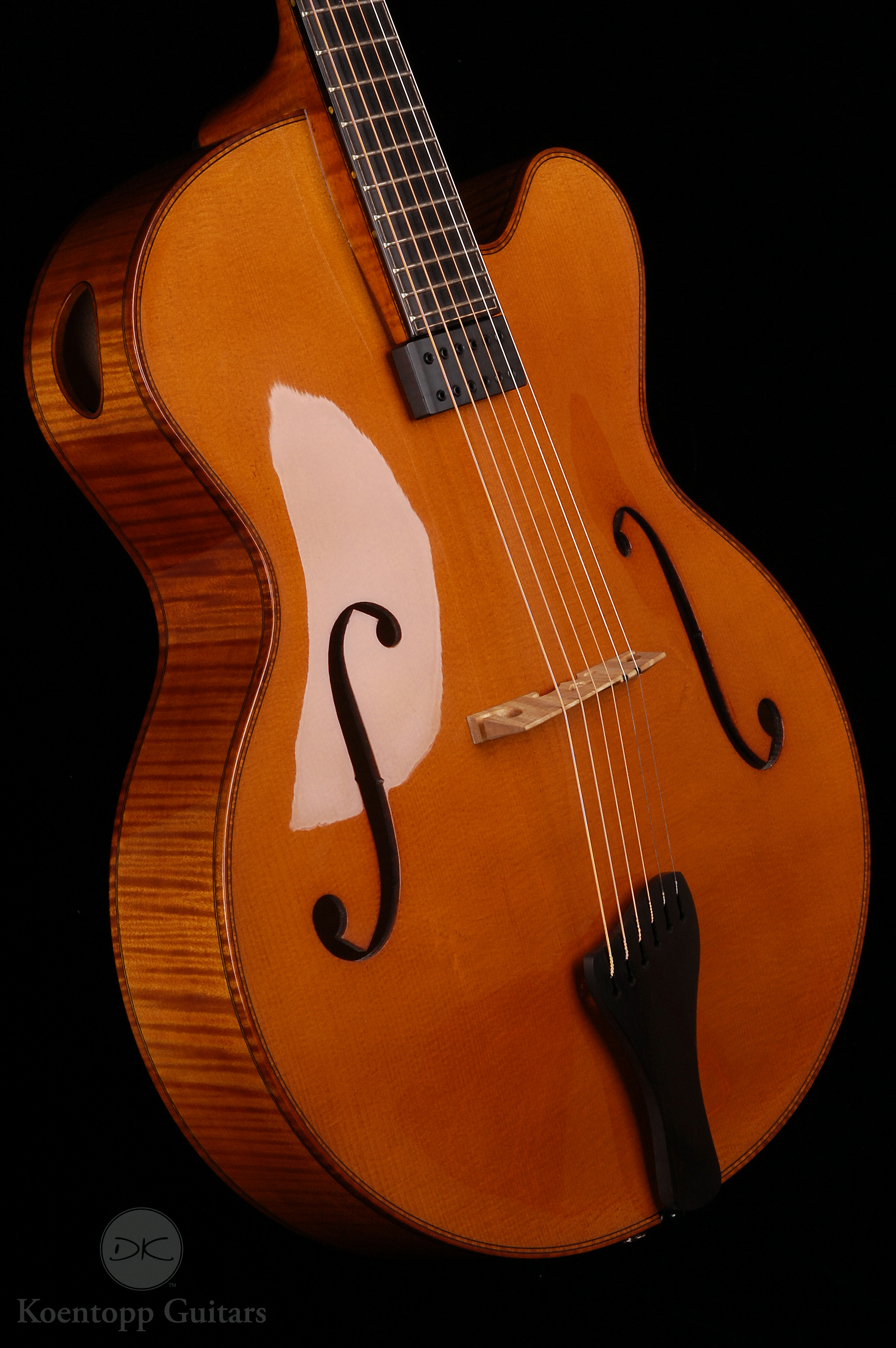
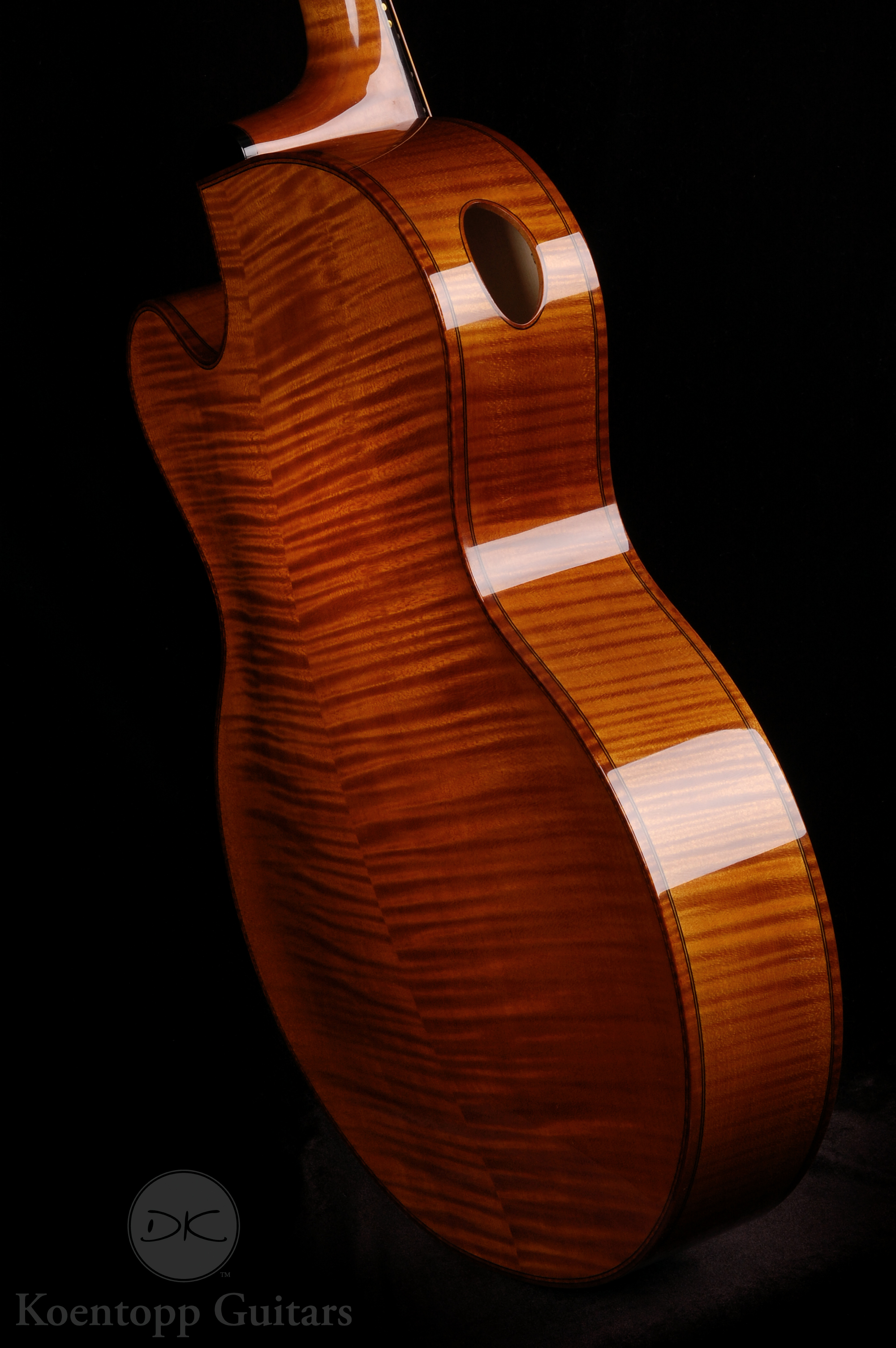
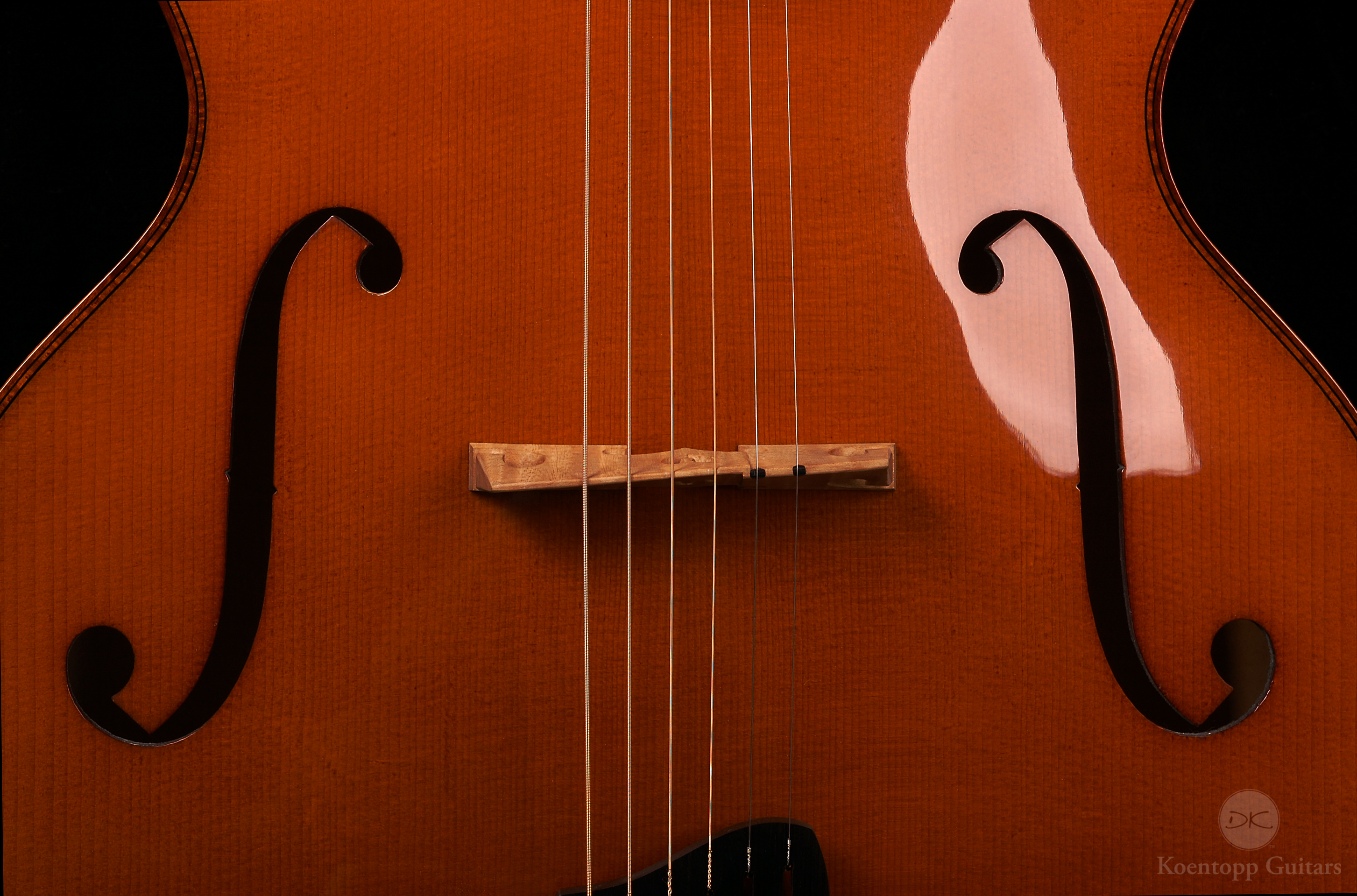
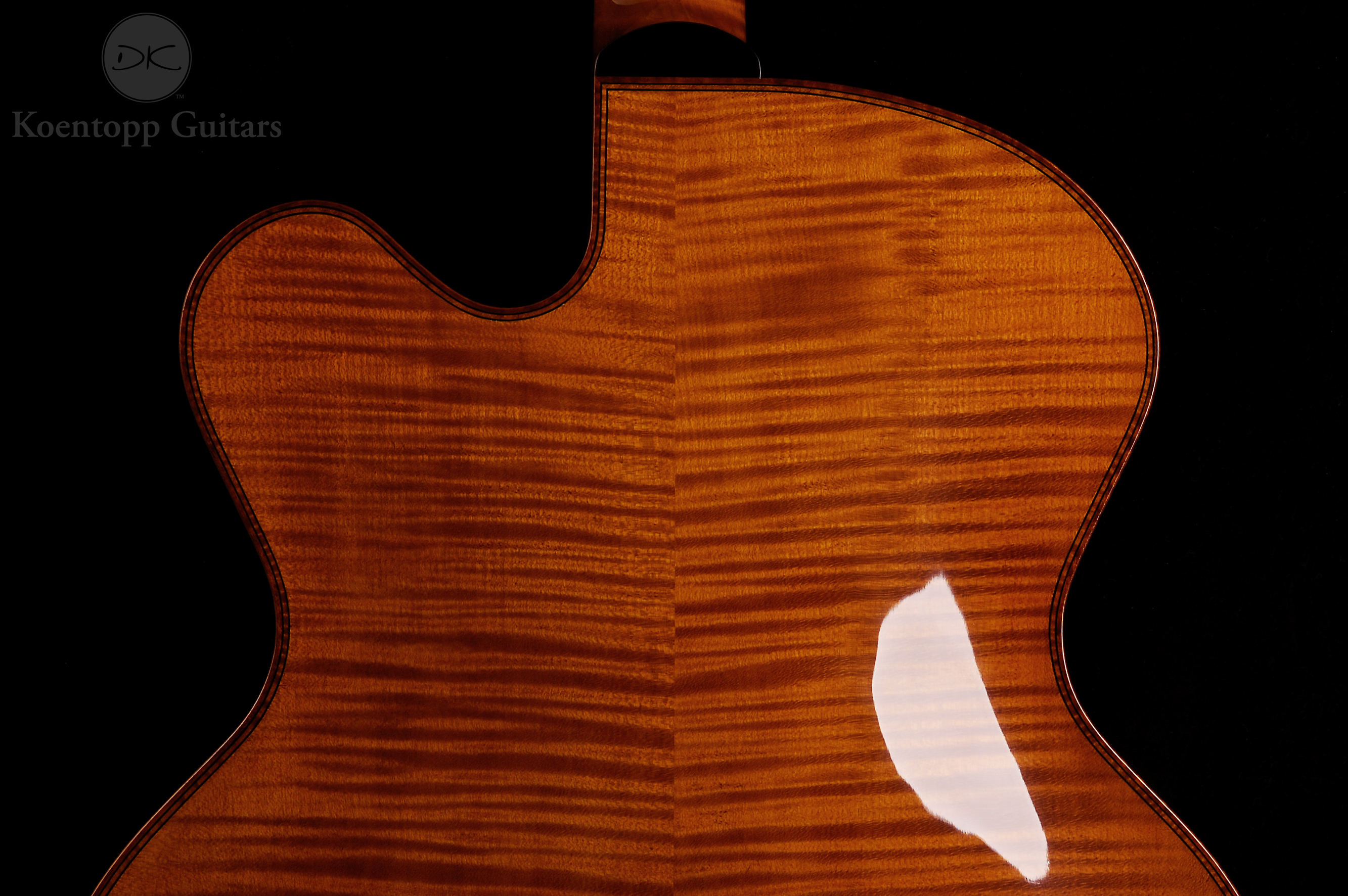
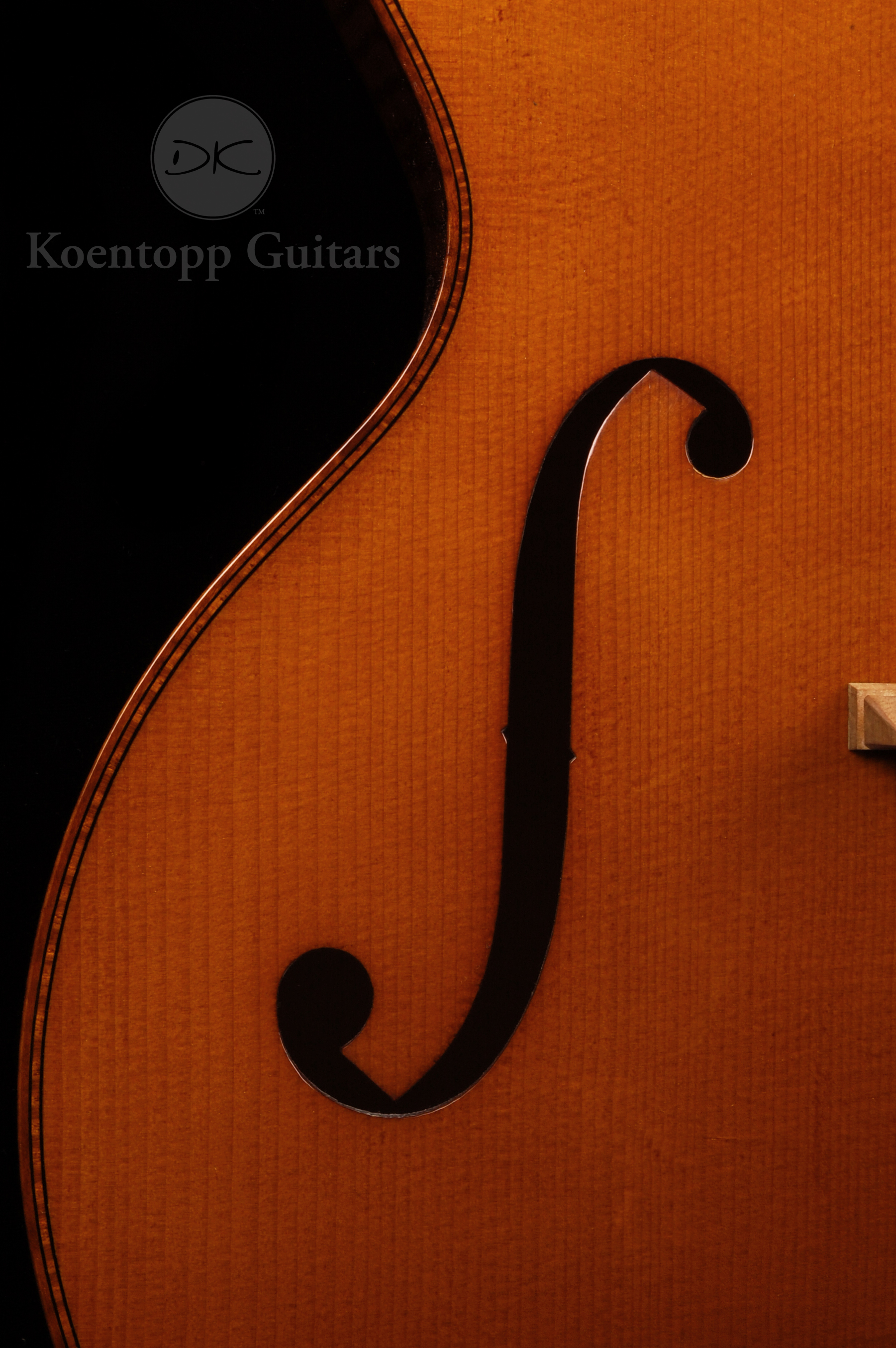
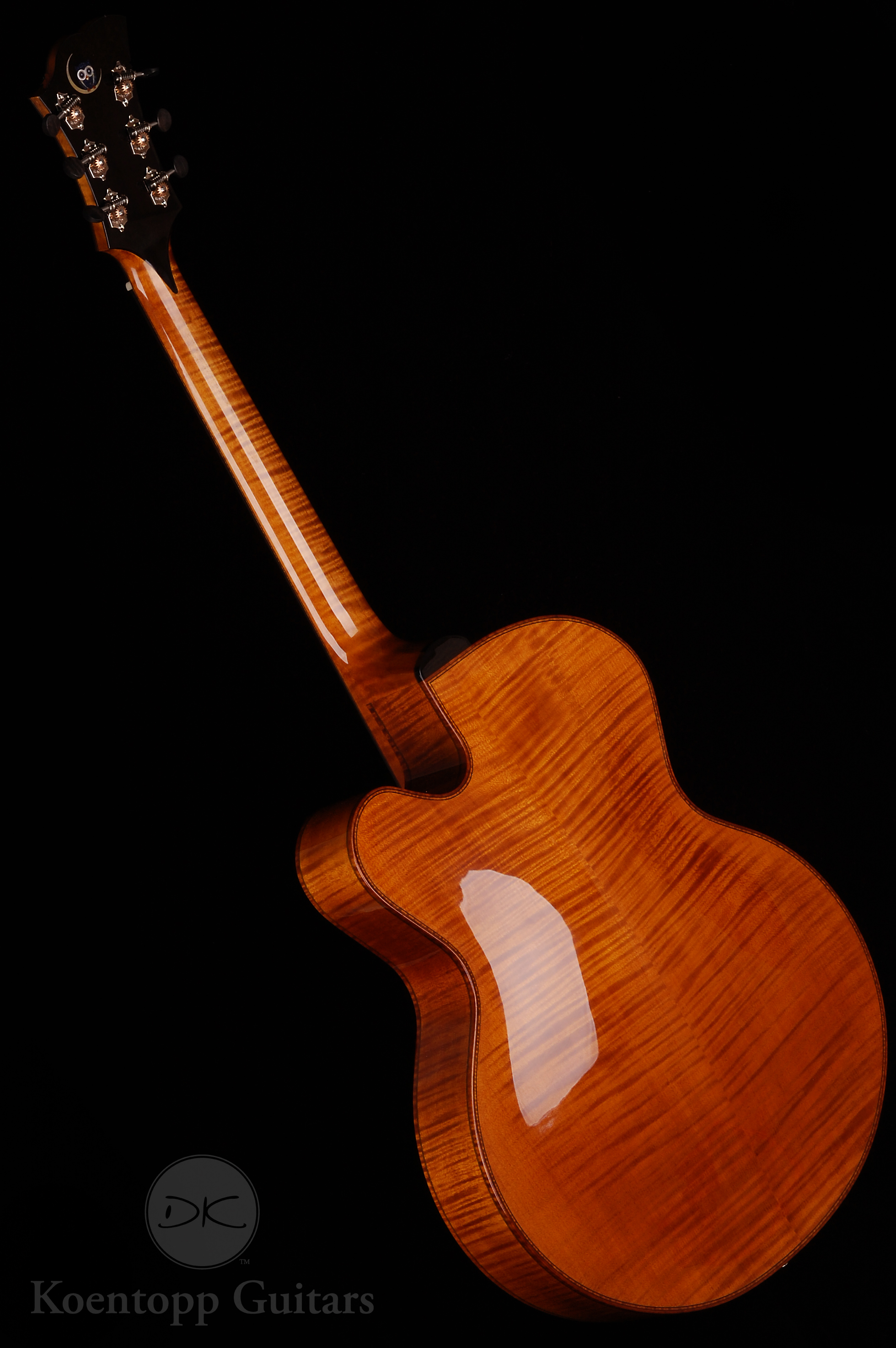
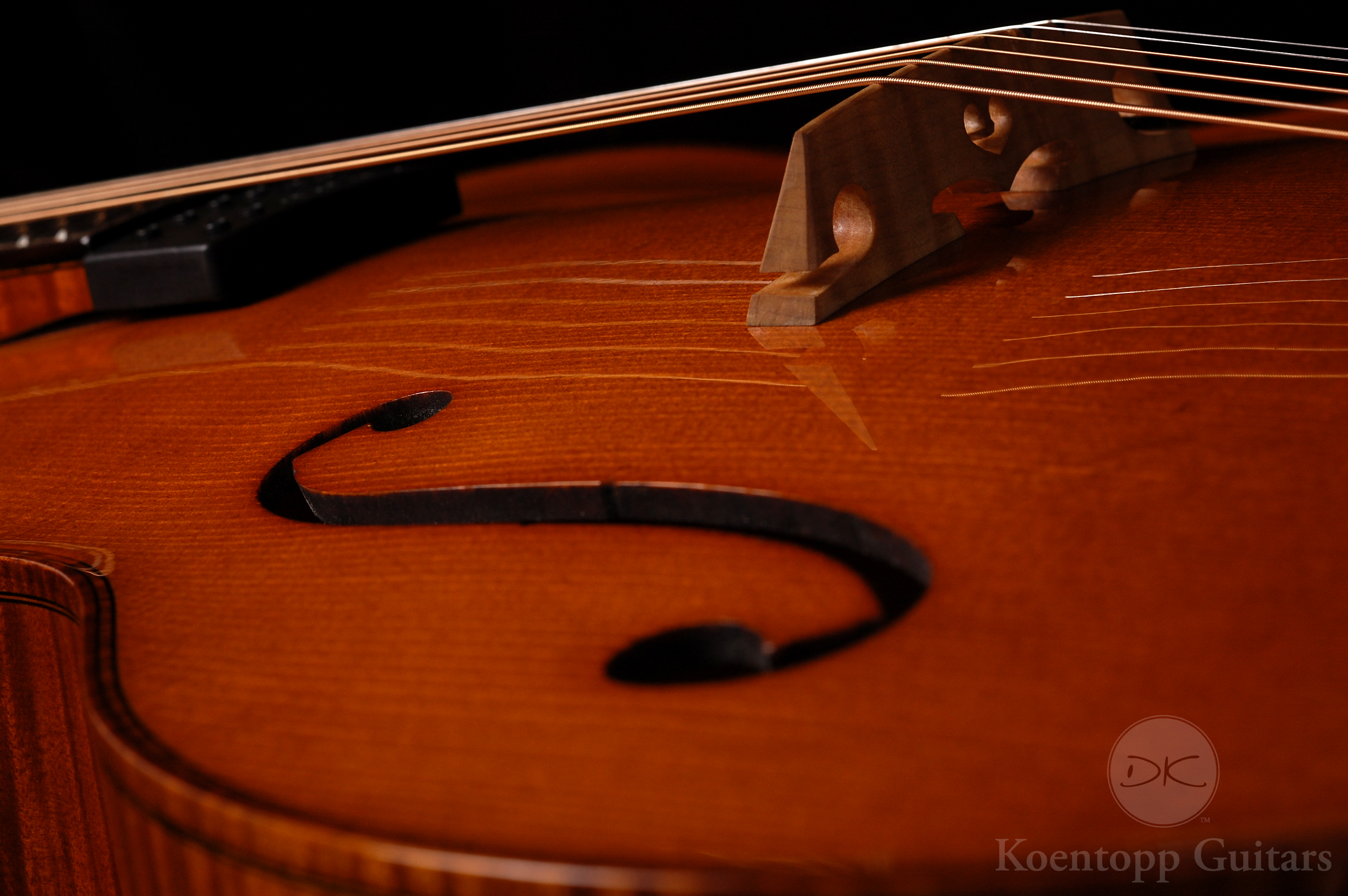
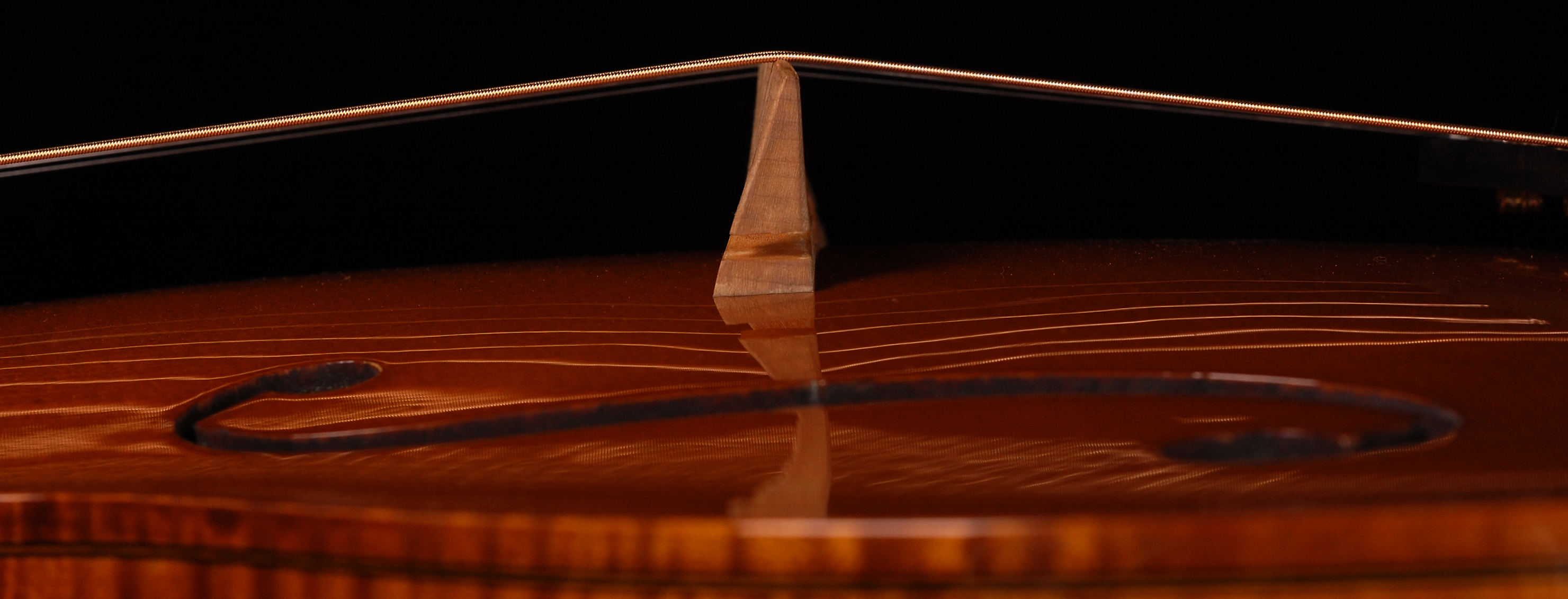



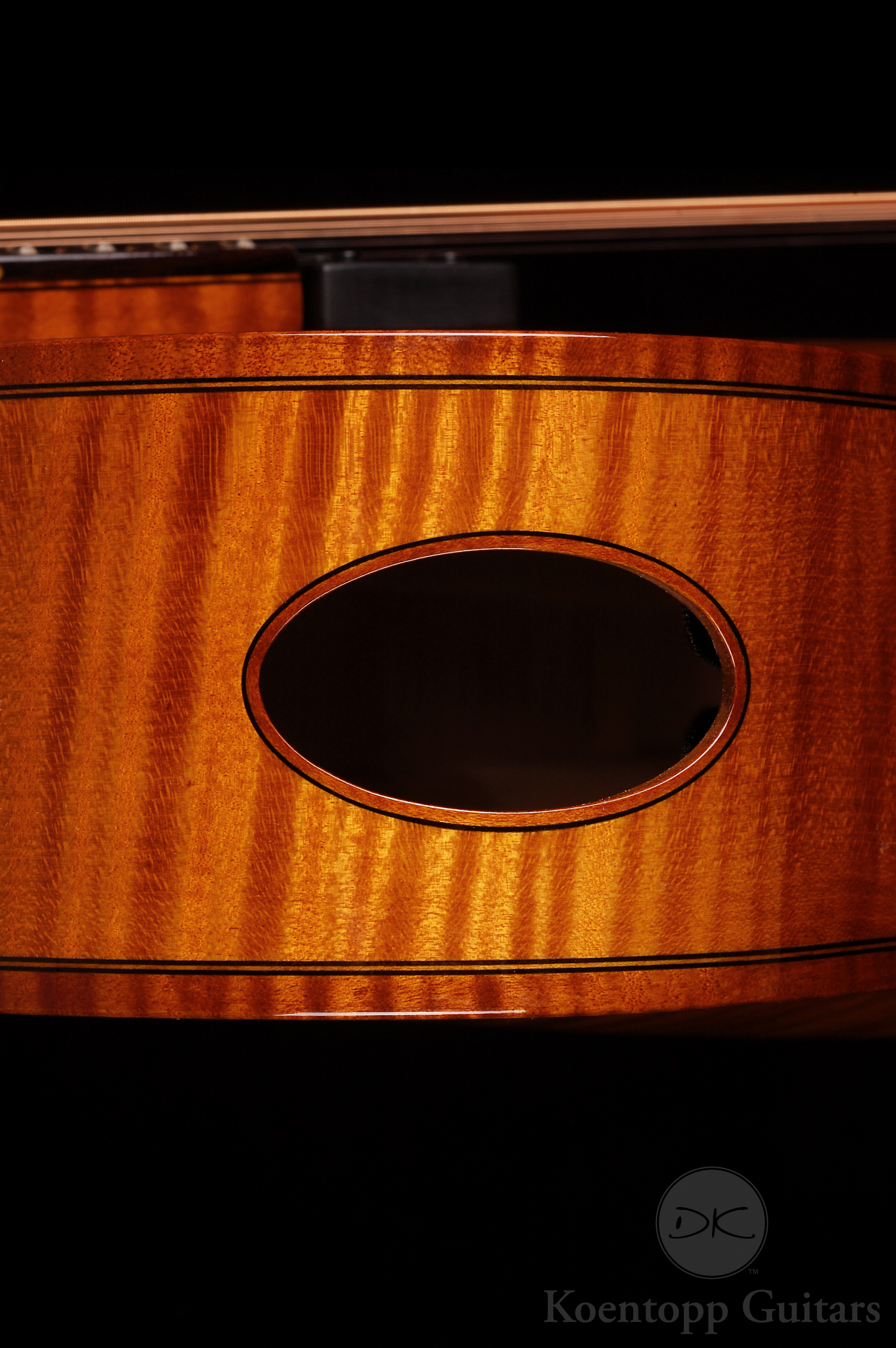



Stay Connected